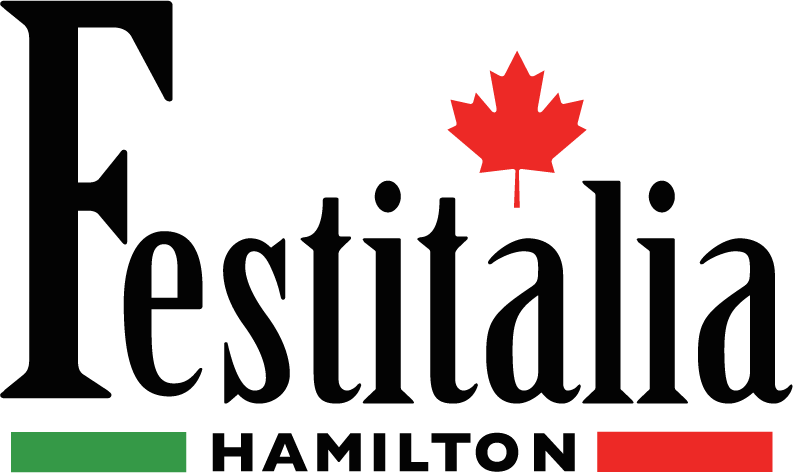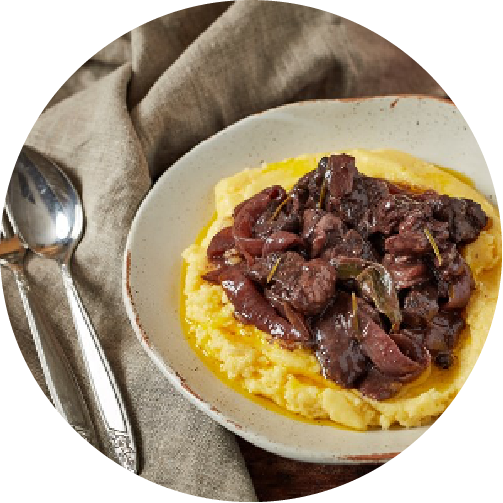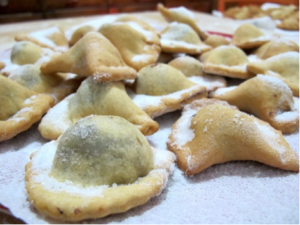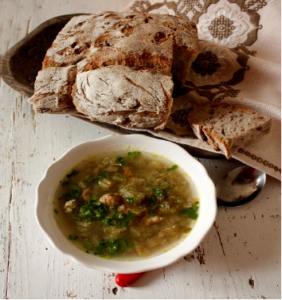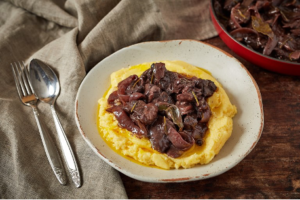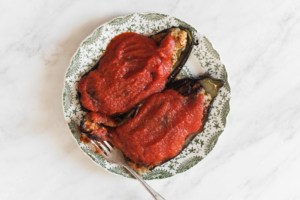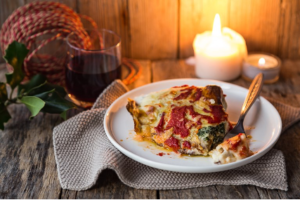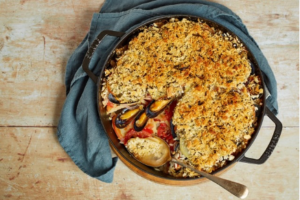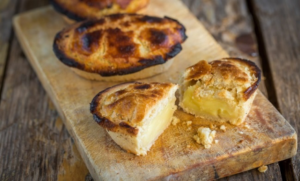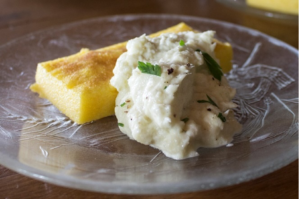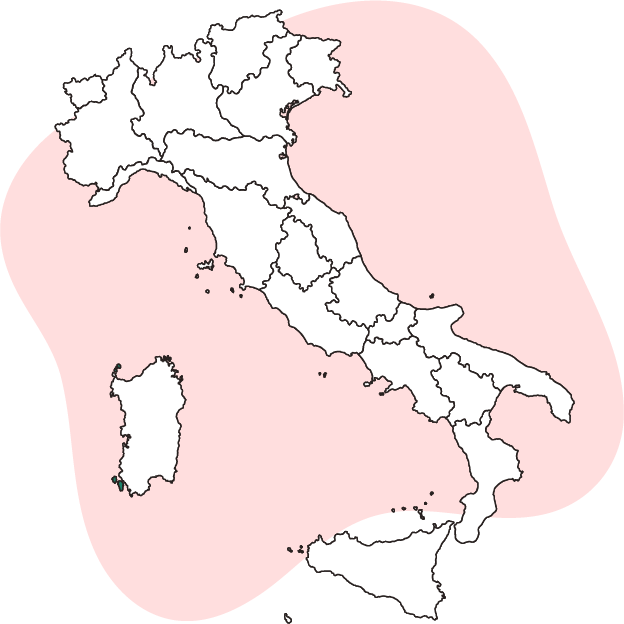Celebrating Italian Cuisine!
In Italy, there are twenty regions that each has its own authentic cuisine that incorporates the authentic ingredients that are grown and produced in the various regions. Italian cuisine is known for its regional diversity, especially between the north and the south of the Italian peninsula. It offers an abundance of taste and is one of the most popular and copied in the world. In Canada, many immigrants who settled in “their new home” maintained the tastes and culinary traditions of their “hometown” to stay connected to where they came from but more importantly it was the best food to nourish their families. Overtime, these culinary traditions have been shared by generations of families in Canada and stayed connected with their Italian heritage roots.
In Hamilton there are nine Italian heritage clubs that feature culinary and culture offerings that maintain connections to Italy, their beloved home country. Over time the regional club dinners have presented opportunities to share their culture with their community friends and the love for quality Italian cuisine.
For Italian Heritage month Festitalia continues to share some popular recipes that originate from the Italian regions whose residents immigrated to Canada and settled in the Hamilton area.
Buon Appetito! Buona Cucina e tutti a tavola!


Editor Note: Recipe content written by Chef Nicholas Scime, 2020 recipient of the Festitalia Emilio Mascia Media and Communications Award of Distinction.
Thank you Chef Nicholas for compiling and sharing authentic Italian recipes from some of Italy’s well-known regions that everyone can enjoy.
